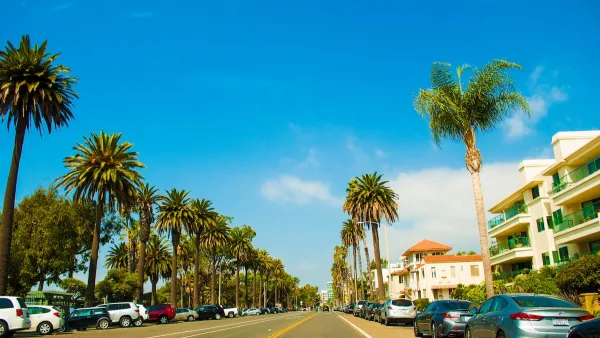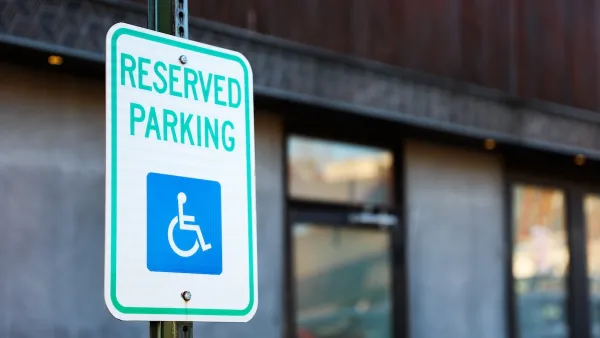The urban parking garage gets an overhaul with the innovation of multiblock parking. By constructing underneath multiple blocks, developers and cities can improve parking efficiencies and lower costs.
Parking in urban centers is here to stay, a necessary evil of inefficiencies and unrecoverable costs. Will Macht, looks at the potential benefits of 'multiblock underground shared parking,' which can reduce inefficiencies and lower costs by building underground parking beneath multiple properties and multiple blocks.
"In cities with smaller blocks, the problem can be particularly acute," writes Macht. Small blocks (and/or a small size of the building) can compound inefficiencies by requiring each garage to construct retaining walls, entrances/exits, ramps, etc., further driving up development and maintenance costs. Additionally, "[a] second source of inefficiency arises when a parking garage is used only or primarily by those who live or work in the buildings above. Each type of real estate development-office, hotel, residential, retail, etc.-has a different pattern of parking use and vacancy." The differing patterns leave many spaces empty for the majority of the day and night.
"Multiblock underground parking can be one of the most important tools a city can use to develop its downtown and other urban centers to create the highest density of the optimal mixture of urban uses," states Macht. "Properly implemented, multiblock underground parking can bring about a higher tax base for the city, more affordable housing for its residents, more urban places for its visitors, and more profits for its long-term investors."
FULL STORY: Multiblock Underground Shared Parking

Planetizen Federal Action Tracker
A weekly monitor of how Trump’s orders and actions are impacting planners and planning in America.

Restaurant Patios Were a Pandemic Win — Why Were They so Hard to Keep?
Social distancing requirements and changes in travel patterns prompted cities to pilot new uses for street and sidewalk space. Then it got complicated.

Map: Where Senate Republicans Want to Sell Your Public Lands
For public land advocates, the Senate Republicans’ proposal to sell millions of acres of public land in the West is “the biggest fight of their careers.”

Maui's Vacation Rental Debate Turns Ugly
Verbal attacks, misinformation campaigns and fistfights plague a high-stakes debate to convert thousands of vacation rentals into long-term housing.

San Francisco Suspends Traffic Calming Amidst Record Deaths
Citing “a challenging fiscal landscape,” the city will cease the program on the heels of 42 traffic deaths, including 24 pedestrians.

California Homeless Arrests, Citations Spike After Ruling
An investigation reveals that anti-homeless actions increased up to 500% after Grants Pass v. Johnson — even in cities claiming no policy change.
Urban Design for Planners 1: Software Tools
This six-course series explores essential urban design concepts using open source software and equips planners with the tools they need to participate fully in the urban design process.
Planning for Universal Design
Learn the tools for implementing Universal Design in planning regulations.
Heyer Gruel & Associates PA
JM Goldson LLC
Custer County Colorado
City of Camden Redevelopment Agency
City of Astoria
Transportation Research & Education Center (TREC) at Portland State University
Camden Redevelopment Agency
City of Claremont
Municipality of Princeton (NJ)





























